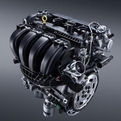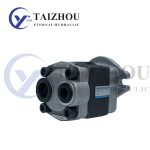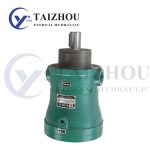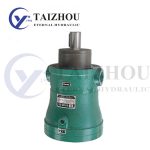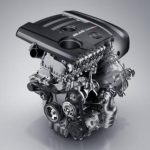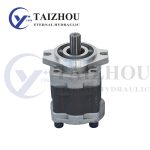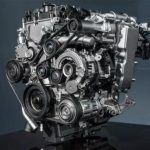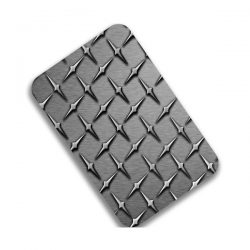Eaton Char-Lynn Motor – Gdi Motor: 3 Burning System Features
The GDI Motor is designed to make the mixture stratify at medium and small loads compared to conventional gasoline Motors, so the design of the combustion system is very important. It relies on the interaction of the shape of the combustion chamber, the motion of the gas stream and the spray pattern to form the desired layered mixture. According to the way the mixture is formed, it can be divided into three types. The Eaton Char-lynn Motor describes the characteristics of the three combustion systems.
Spray guide
A spray-guided GDI Motor places the spark plug in close proximity to the injector and is located in or near the center of the combustion chamber. The arrangement is simple, the concentrated mixture is easily formed around the spark plug, and an effective mixture stratification is generated in a small space range, and the stability of the mixture stratification is maintained by the strong eddy current. However, the distance between the spark plug and the oil bundle is too short, which limits the intake valve area, affects the improvement of the charging efficiency, and the oil mist is also easy to wet the spark plug, which causes difficulty in depositing and ignition, and the service life of the spark plug is degraded. This system strongly relies on the tolerance of the shape and spray characteristics of the device. However, the spray-guided combustion system has the potential to achieve leaner combustion and expand the lean-burn zone. The spray-guided combustion system has become the next-generation combustion system developed by many manufacturers and scientific research institutions. It is the current layered lean-burn direct-injection combustion system. An important direction of development.
Wall guidance
In the wall-guided GDI Motor, a spark plug is arranged in the middle and the injector is installed on the side. The injector directly injects the oil beam into the combustion chamber, and uses a special piston pocket shape to cooperate with the gas tumble motion to direct the fuel vapor to the spark plug and form a proper concentration of the mixture around the spark plug. Since the time from the formation of the mixture to the ignition is longer, there is a larger area of the combustible fuel-air ratio mixture. This method has little sensitivity to the tolerance of the spray and installation location. However, the medium system requires a better combustion chamber shape, which increases the difficulty for processing and design.
Airflow guidance
The air-guided GDI Motor places the injector and spark plug remotely. Compared with the wall guide: the injector no longer sprays the fuel directly into the piston top pocket, but instead illuminates the center of the combustion chamber toward the spark plug (but not toward the spark plug electrode), and comprehensively utilizes the inlet and piston surfaces in the cylinder. The tumble and vortex motion formed inside realize the stratification of the mixture. It is beneficial for the combustion process and for reducing the generation of pollutants. The system is controlled by charge motion during the preparation and transport of the mixture to the spark plug, requiring precise charge motion control. FEV uses a continuously variable tumble system (CVTS) to control the charge movement. This also increases the difficulty of control.
https://www.xjetl.com
